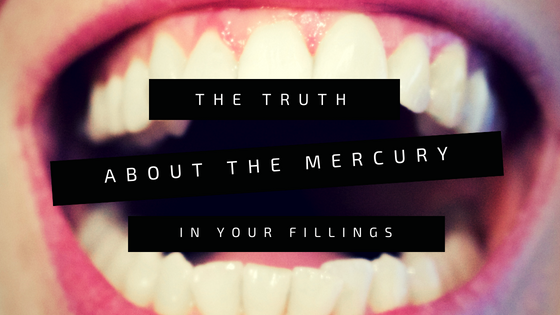Today there are more choices for restorative materials than at any time in the past. Dental amalgam, also known as silver fillings, is one choice for teeth in the back of the mouth that has been in use for around 150 years. Amalgam is a metal alloy that contains silver, tin, copper, and mercury. Amalgam lasts a long time and is less expensive than other materials such as tooth-colored composites, porcelain, or gold.
Amalgam is durable, is not as sensitive to moisture as many other materials, and can be placed in less time than other materials. This makes it a good choice for children and people with special needs who may have difficulty staying open or still during treatment.
Amalgam does have some drawbacks. Amalgam fillings are not natural looking, and this may be a significant issue if the tooth being restored is in an area that shows when speaking/smiling. Another disadvantage is that an amalgam may require the removal of more tooth structure than a tooth-colored composite, for example.
Is amalgam safe?
Silver fillings have been used successfully for around 150 years, but you may wonder about the mercury content in this filling material. When mercury combines with the other metals it forms a stable and safe “amalgam” material. There is more than one form of mercury. There is methylmercury, elemental mercury, and inorganic mercury. Methylmercury, or organic mercury, is the form of mercury that can accumulate in water sources and be absorbed by the fish we eat. If you ever eat canned tuna, you have been exposed to methylmercury. Methylmercury has been linked to various systemic effects. Dental amalgam does not contain methylmercury, but rather elemental mercury. Methylmercury is absorbed through the digestive tract while elemental mercury is absorbed through the lungs from vapor created while chewing. This vapor, while it does exist, is measured in parts per billion, so exposure is very small.
Some people, of course, may be sensitive to some of the ingredients in dental amalgam—mercury, silver, copper, and tin. If there is a sensitivity to these materials, then another material should be chosen for restorations.
Current use
Over the course of my career amalgam has been used less and less as other more esthetic materials become available and the demand for more natural appearing restorations increases. Based on the available scientific evidence so far, my opinion is that there is still a place for dental amalgam where finances and patient management are more important than esthetic concerns.
In Conclusion
Your safety and your health are our primary concerns. That is the reason we exist as a
practice. If you have concerns, we would be glad to discuss those. If you would like to do some research on your own, I would suggest beginning with the ADA article found at
www.mouthhealthy.org and type “amalgam” in the search box. This gives a good overview and has some great links to other science-based organizations.
